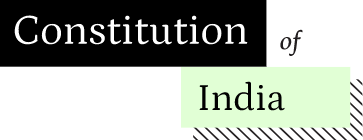There are two ways of achieving uniformity in the voting by members of Parliament. One is to divide the total number of votes capable of being cast by members of all the State Legislatures by the total number of members of all the State Legislatures and the quotient will be the number of votes which each member will be entitled to cast. The other method is to divide the total number of votes capable of being cast by members of the Legislatures of all the States by the total number of elected members of both Houses of Parliament. The first method is set out in sub-clause (c) as it stands. The second method is embodied in the amendment to sub-clause (c) which I have moved. The difference between the two methods lies in this. In the first method all members of the electoral college taking part in the election of the President are treated on the same footing in the matter of valuation of their votes. According to the second method the members of Parliament are given equal strength in the matter of voting as the members of the State Legislatures will have. It is felt that members of Parliament should have a better voice than what sub-clause (c) as it stands does. Hence the amendment.
